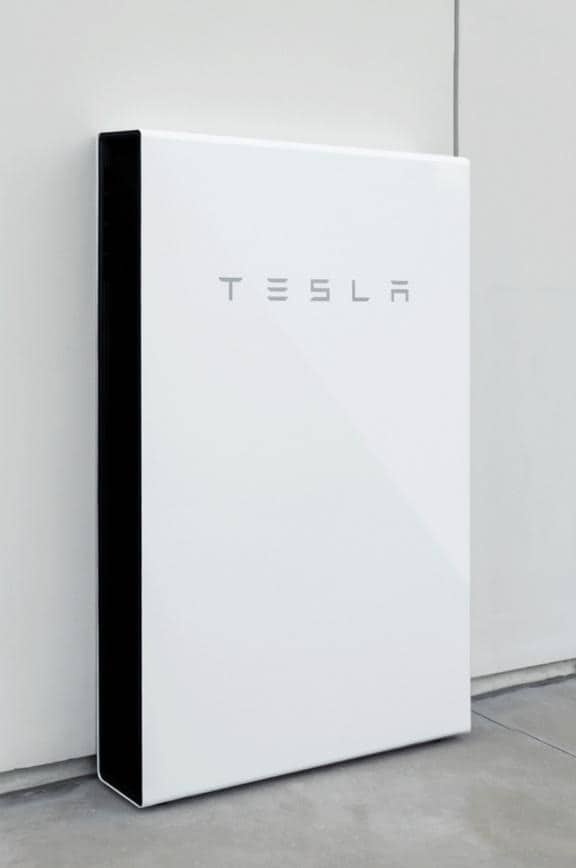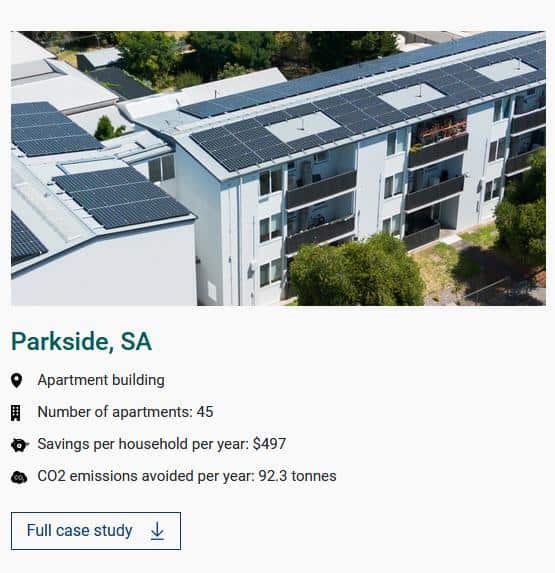Redflow Limited (ASX: RFX), a global leader in clean energy storage, is making waves in the renewable energy sector as its zinc-bromine battery technology has been identified as the preferred choice for a cutting-edge project recommended for grant funding by the California Energy Commission (CEC).
“The Barona Community LDES Project signifies a significant leap forward in our journey towards greater energy resiliency and sustainability,” says Raymond Welch, Barona Tribal Council Chairman. “This initiative will help the Band achieve greater energy sovereignty through control over our own energy resources.”
The Barona Band of Mission Indians’ innovative project, named the Barona Community LDES Project, has received a nod from the CEC for its focus on energy storage for resilience. The project, aimed at delivering improved resiliency and sustainability, features a 6.6 MWh flow battery system powered by Redflow’s advanced zinc-bromine battery technology.
Working in collaboration with Prosper Sustainably and Microgrid Initiatives, the Barona Band, along with Redflow Limited and Ameresco, has successfully prepared the proposal that stood out as the first-ranked submission from a pool of twelve projects in a competitive solicitation process. The AUD $20.1 million Barona project has been recommended for a substantial grant of AUD $13.8 million by the CEC.
“The recognition from the California Energy Commission reaffirms the technological prowess of Redflow in the clean energy storage sector,” notes Tim Harris, Redflow CEO and Managing Director. “This project showcases Redflow’s technology capabilities on a commercial multi-megawatt hour scale, delivering greater resiliency and grid-infrastructure benefits.”
The grant terms are currently in negotiation, with the goal of commencing development activities for the energy project in the second half of this year and an anticipated deployment timeframe in 2025. Funded by the CEC’s Electric Program Investment Charge (EPIC) program, this initiative is designed to support the Barona Band of Mission Indians in delivering reliable, resilient, and sustainable clean energy to their community while also opening up economic development opportunities for the Tribe.
Redflow CEO and Managing Director, Tim Harris, expressed enthusiasm about the project, emphasizing that the project will deliver greater resiliency and grid-infrastructure benefits for the Barona Band of Mission Indians while providing a lifetime of energy cost savings unmatched by competing battery energy storage system (BESS) technologies.
“Subject to completion of the grant award process, this would be Redflow’s fourth multi-megawatt hour project in California involving the CEC as a funding partner,” Harris added. “Redflow’s LDES technology is flexible, allowing for a 100% depth of discharge without impairing BESS capacity or lifespan, aligning seamlessly with California’s decarbonization goals.”
For more information about the project and the conditions under which the funding is awarded, you can visit the CEC’s website. Redflow’s innovative contributions to this project underscore its commitment to advancing clean energy solutions and driving the transition towards a more sustainable future.



